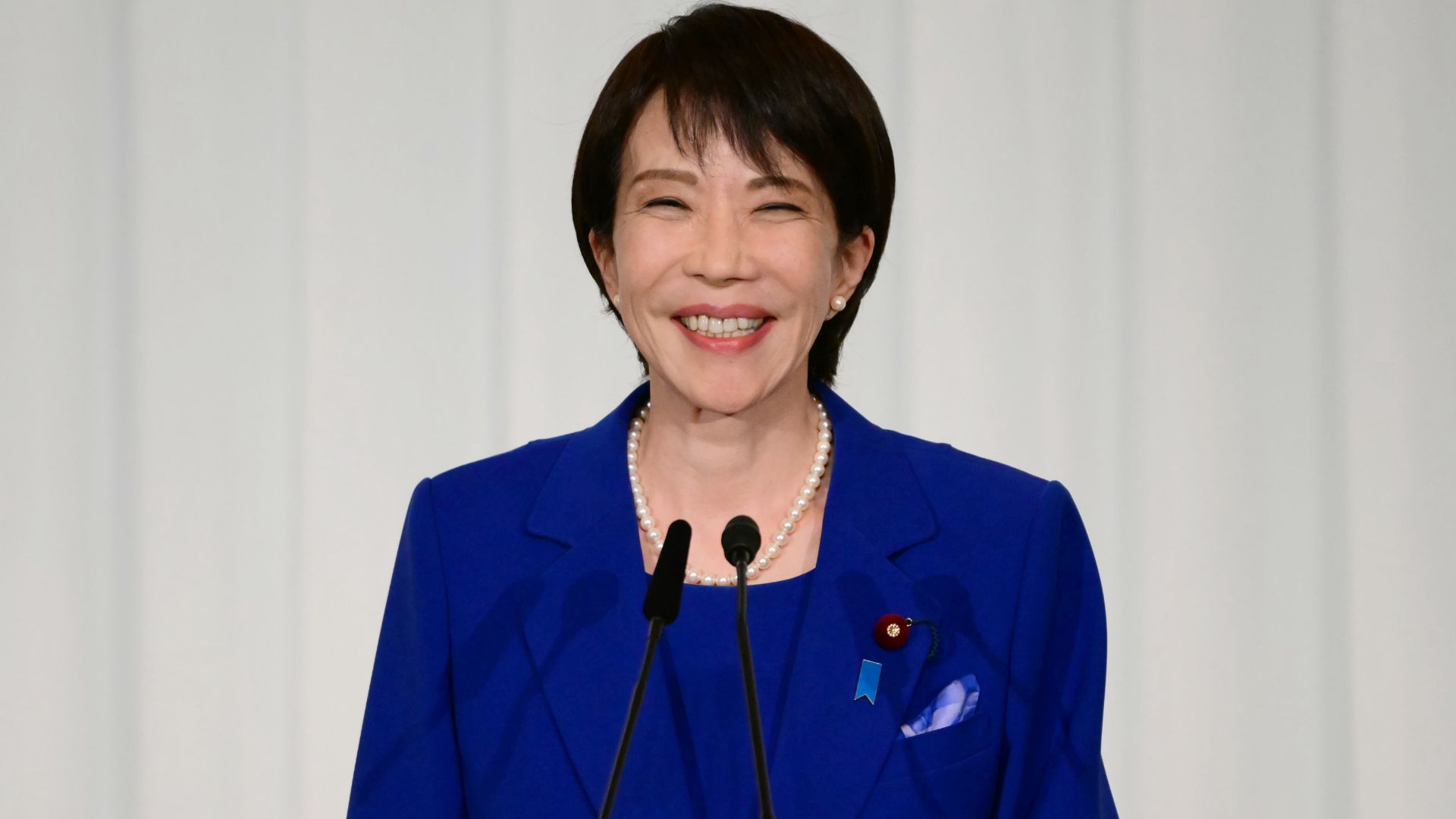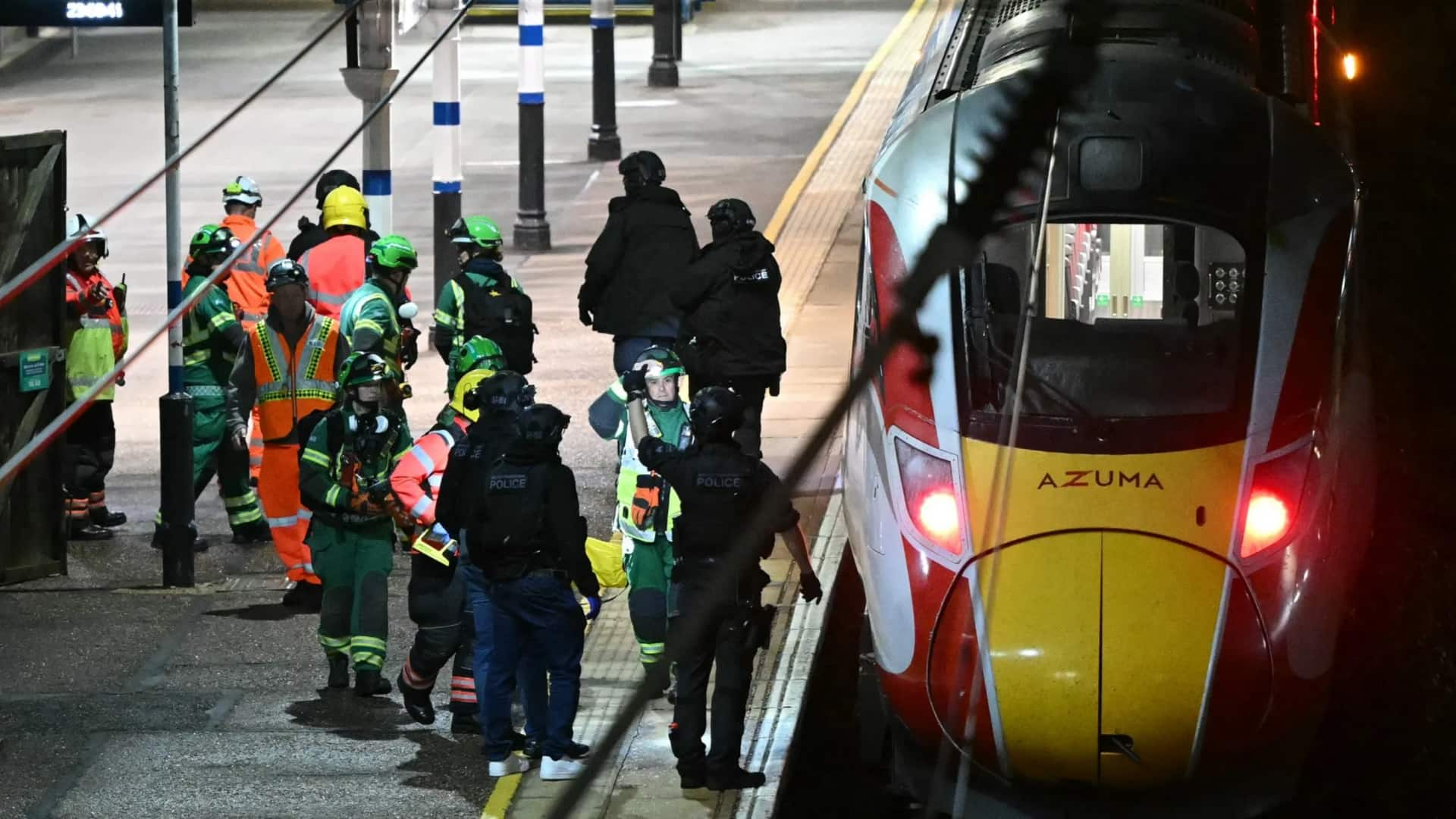As the political landscape in the United States grows increasingly tense, former President Donald Trump finds himself at the center of renewed speculation and strategic calculation, with both immediate and long-term implications for his political ambitions. While attention focuses on the upcoming verdict expected before Tuesday’s elections, Trump’s gaze has already shifted beyond the present moment — toward next year’s midterm races that could redefine his influence within the Republican Party and the broader national stage.
Trump’s expectation prior to the judgment
The climate surrounding Trump’s ongoing legal and political circumstances is marked by a sense of expectation and strategic maneuvering. Both supporters and detractors are observing intently as a judgment approaches, which could influence not only his personal standing but also the trajectory of candidates associated with his political faction. Individuals within his close confidantes have characterized this time as a precarious equilibrium between outward resistance and discreet strategizing, with Trump leveraging each event to invigorate his core supporters while discreetly making provisions for future eventualities.
For Trump, the days leading up to Tuesday’s elections serve as a critical test of his continued dominance in conservative politics. A favorable outcome could bolster his claims of political resilience and validate his influence over Republican voter sentiment. On the other hand, a setback—whether legal or electoral—could force a recalibration of strategy, particularly as he considers how to navigate a party that remains deeply divided between staunch loyalists and emerging pragmatic voices.
The verdict’s issuance, occurring alongside pivotal state and local elections, highlights the profound connection between Trump’s personal circumstances and the Republican Party’s electoral outlook. Throughout the nation, Republican hopefuls are closely observing, understanding that any alteration in Trump’s position could either bolster or hinder their campaigns, contingent on their constituents’ political inclinations.
Early focus on next year’s midterm elections
Even as uncertainty surrounds the outcome of his immediate legal challenges, Trump’s attention is increasingly fixed on the midterm elections scheduled for next year. Those close to his campaign have noted that strategy discussions are already underway, with efforts to identify candidates who align closely with his political brand and rhetoric. This proactive stance highlights Trump’s enduring desire to shape the future of the Republican Party—not merely as a former president but as its ideological anchor.
The midterms represent more than just another round of congressional contests; for Trump, they offer a proving ground for his continued relevance. His endorsements, rallies, and fundraising capabilities remain potent tools in shaping the political fortunes of both loyalists and swing candidates. Early indicators suggest that Trump intends to deploy his influence selectively, backing contenders who can carry forward his populist message while avoiding races where his involvement might provoke backlash.
At the same time, the Republican establishment faces a familiar challenge: how to balance Trump’s enduring popularity with the need to broaden the party’s appeal among moderates and independents. Some strategists argue that his presence on the campaign trail could energize turnout in key districts, while others worry that his polarizing image might alienate undecided voters. These tensions are likely to define internal party dynamics as preparations for the midterms accelerate in the months ahead.
A faction split yet interconnected
Within the Republican Party, Trump’s influence continues to shape both strategy and identity. Despite ongoing controversies, few figures have demonstrated the ability to command loyalty across such a broad segment of the conservative electorate. Yet beneath the surface, ideological divisions remain sharp. Some Republican leaders have sought to distance themselves from the former president’s confrontational style, emphasizing policy-driven agendas and pragmatic coalition-building. Others continue to embrace his combative tone, viewing it as essential to maintaining enthusiasm among the party’s base.
This internal division offers both advantages and disadvantages. Trump’s strong position means his backing is still a highly sought-after commodity in primary elections, frequently deciding which candidates succeed. Nevertheless, the subsequent general elections often reveal the boundaries of his impact, as undecided voters and suburban areas continue to be cautious of his language. Managing this situation will be crucial for Republicans aiming to reclaim congressional authority while steering clear of the dangers of being too closely associated with the former president.
For Trump himself, staying pertinent demands more than just reminiscing about past triumphs. His staff has been diligently refining communication approaches, emphasizing topics like economic revitalization, border integrity, and cultural heritage—all of which continue to resonate strongly with conservative constituents. Concurrently, their objective is to depict Trump as both a target of political oppression and a staunch advocate for everyday Americans, a dual image that has consistently mobilized his base despite persistent legal challenges.
The wider political implications
The upcoming months will probably indicate if Trump can transform his individual support into enduring political influence. His capacity to influence the results of the midterm elections will act as an indicator of his potential for the subsequent presidential term and as an assessment of whether his populist approach can adapt within a swiftly evolving voter base.
Political commentators indicate that the forthcoming electoral contest will additionally function as a plebiscite on the overarching trajectory of the Republican Party. Should candidates endorsed by Trump achieve significant success, it could solidify his command over the party’s future and deter prospective rivals. Conversely, if Republicans with moderate or independent leanings make headway, it might signify the commencement of a slow divergence from Trump’s influence.
Beyond the party’s internal workings, the ramifications reach the broader national political scene. Democrats are getting ready to portray next year’s midterm elections as a decision between order and disorder, presenting Trump’s ongoing participation as a disadvantage for the opposing side. Concurrently, independent voters—whose backing frequently decides election results—will probably assess issues of integrity, responsibility, and leadership as they contemplate whether the Trump period ought to keep shaping American politics.
Gazing at the future
For Donald Trump, the coming months represent both a challenge and an opportunity. The impending verdict will undoubtedly shape the narrative surrounding his leadership and legacy, but the midterm elections may ultimately determine whether he remains a dominant force or begins to fade into the background of political memory.
Regardless of the outcome, Trump’s ability to capture attention and influence discourse remains unparalleled. His strategic focus on next year’s midterms signals not a retreat but a calculated effort to position himself—and his allies—for another pivotal moment in American politics.
The convergence of legal disputes, campaign tactics, and partisan affiliation guarantees that Trump’s influence on the immediate future will be anything but inactive. While he anticipates the judgment that might redefine his personal path, his concept for the Republican Party—and for his own position—persists in its development, merging aspiration with fortitude within a political landscape characterized by unpredictability.
What emerges from this moment will not only determine the next chapter of Trump’s political journey but also reveal how deeply his influence continues to shape the trajectory of American conservatism in the years to come.




